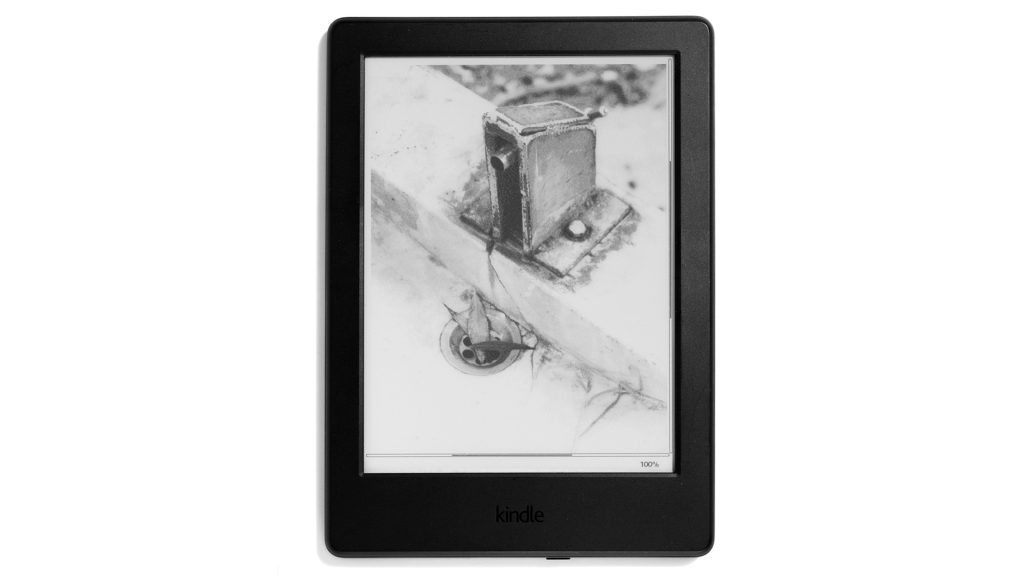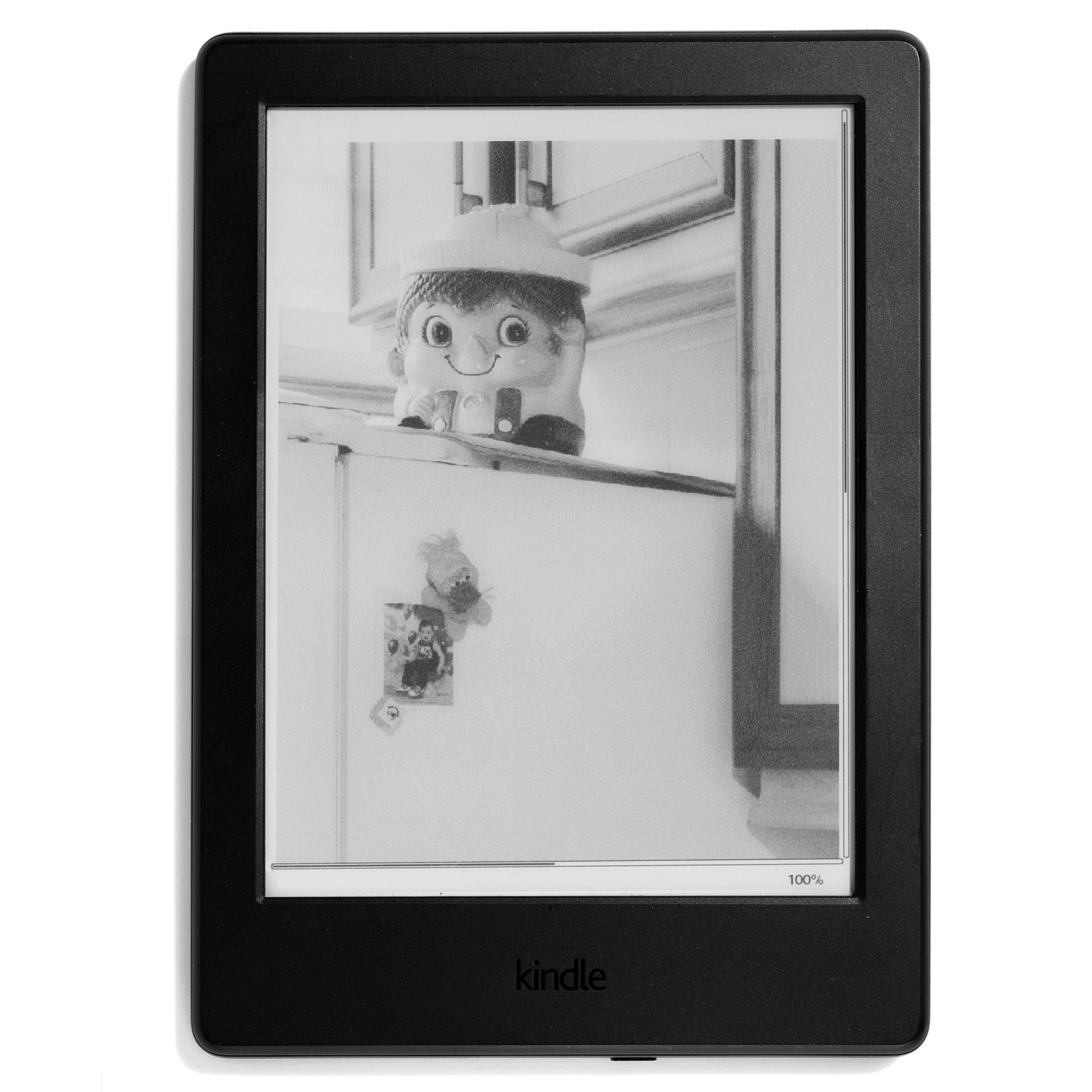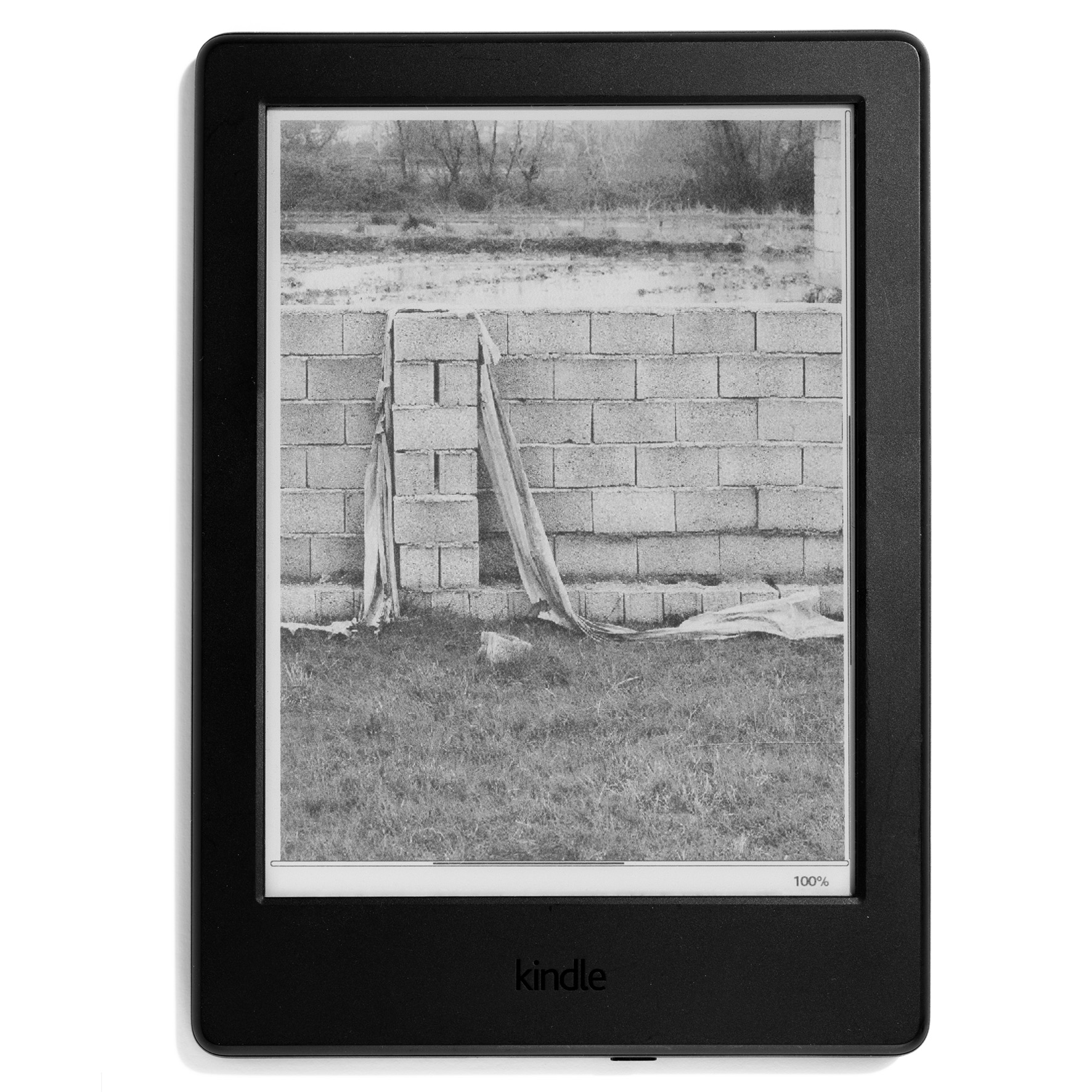Still Folders (2014-2018)

Still Folders
The straight approach in photographic representation has changed over time. It can be said that greater access to cameras and faster camera performance are key factors driving these changes.
For example, back in the early days of photography, it was tough to capture straight images of fast-moving events such as sport games and war scenes because of the medium’s limitations. Thus, straight photography was limited to images of landscapes, still life, and portraits capturing individuals in static poses. From this standpoint, in the initial decades post the invention of photography, any photographs featuring moving subjects like warfare, sports, theater, dance, and the like had to be staged. With the advent of hand-held, high-speed cameras, the straight representations of such subjects became feasible over time. Evidently, the photographers could continue to employ time-intensive techniques for the straight representation of still subjects. Of course, opting for a large camera, which requires various settings and often necessitates a tripod for support, doesn’t merely reflect subject limitations; it also involves significant variations in form.
The three photo-series represented in “Still Folders” have been captured through a process involving time-intensive compositions and camera settings. Moreover, long exposures of several minutes are required to capture the photographs, especially those in the third series. In this respect, most subjects in these images are notably motionless. The reason for employing such a process is to attain a less commonly seen image of everyday subjects; an image that, due to the use of unconventional techniques, appears somewhat unfamiliar. Therefore, the coexistence of these photographs is not attributable to shared themes or mutual visual characteristics, but rather to the presentations of unusual images.
The first series, taken in 2014, portrays the haven of home. The second series, shot between 2015 and 2016, explores urban outskirts. Lastly, the third series, titled “Repetition”, combines elements from the first two and was exhibited in 2018 at Emrooz Art Gallery in Isfahan, Iran. (Written by Roozbeh Maleki, Translator: Niki Shadloo)


